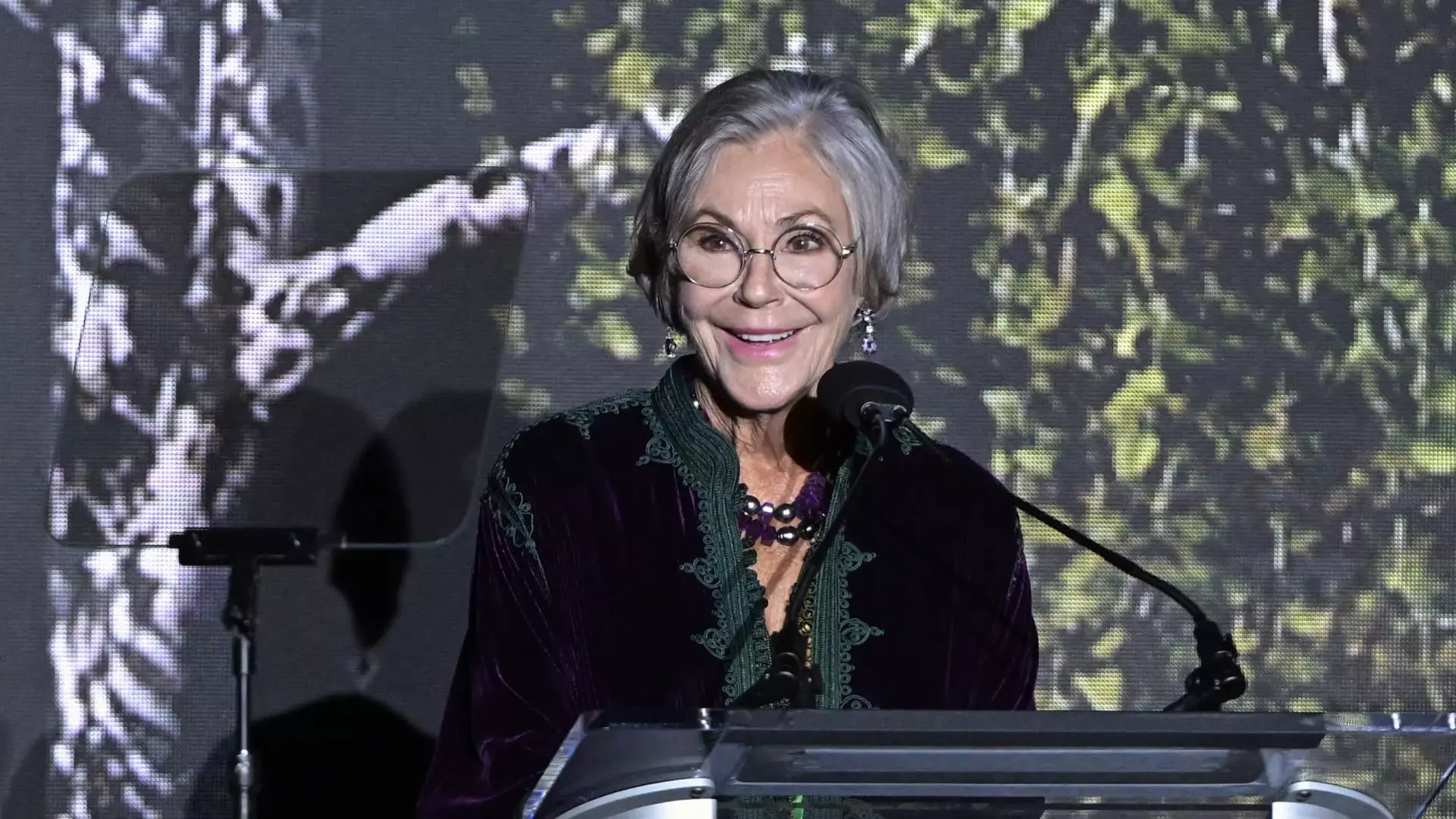In recent years, there has been a notable shift in the demographic makeup of the billionaire class, particularly with the increasing presence of women. According to the Altrata Billionaire Census, women now constitute approximately 13% of the global billionaire population, translating to 431 individuals amidst a total of 3,323 billionaires. While this figure may appear modest at first glance, the upward trajectory over the last decade indicates a transformative change, particularly driven by the burgeoning realm of female entrepreneurship and evolving societal attitudes towards wealth and gender roles.
The gradual feminization of wealth among billionaires reflects broader societal changes. Cultural shifts that promote entrepreneurship among women, alongside the significant inter-generational transfer of wealth, have contributed to this paradigm. Legacy wealth plays a critical role in this distribution of wealth; many female billionaires have inherited a significant portion of their fortune, which shapes their investment philosophies and philanthropic endeavors.
A striking statistic from the report highlights that approximately 75% of women billionaires have inherited their wealth, with 38% relying entirely on inheritance. This contrasts sharply with the male counterparts, where only 5% benefited from inherited fortunes. Prominent figures like Alice Walton and Françoise Bettencourt Meyers showcase the power of legacy and inheritance in shaping female financial stature.
Furthermore, only a quarter of wealthy women fall into the self-made category, compared to 66% of male billionaires. This indicates a significant disparity in the avenues through which these two groups accumulate wealth. As the upcoming decade approaches, projections suggest that women could inherit as much as $30 trillion through what has been termed the “Great Wealth Transfer,” which could redefine the landscape of wealth ownership and management.
The priorities of female billionaires in the realm of philanthropy stand out in stark contrast to their male counterparts. Reports indicate that women billionaires place a substantial emphasis on charitable causes and social responsibility. Nearly 20% of women billionaires devote most of their professional time to nonprofit organizations, compared to a mere 5% for men. This inclination towards philanthropy can be attributed to the nature of their wealth—heightened involvement in charitable activities often accompanies inherited wealth, as those with fewer business commitments typically have the bandwidth to engage deeply in social causes.
The engagement of women in philanthropy reveals a holistic approach to wealth. Female billionaires often prioritize social justice, welfare, and community-oriented initiatives, which differ from the more profit-driven pursuits typically favored by men in the billionaire class.
Interestingly, the types of investments held by male and female billionaires reveal distinctive patterns. Female billionaires are more likely to possess holdings in private companies and maintain a higher proportion of liquid assets. Approximately 35% of their wealth is tied up in private holdings compared to 28% for their male counterparts. Furthermore, women hold a more significant share of cash and liquid assets—39%—compared to 30% for men.
On the flip side, billionaire men boast a larger allocation of their wealth in stocks, largely attributed to the technology sector’s public offerings. Men have about 40% of their wealth in stocks, whereas women hold only 22%. This marked disparity illustrates differing investment philosophies and the influence of initial wealth sources on capital allocation strategies.
The lifestyle choices and hobbies of billionaires also reflect gender differences. Female billionaires are 1.5 times more likely to own luxury real estate valued at over $10 million, while men tend to indulge in lavish “toys” such as yachts and private jets. The data paints a clear picture—billionaire women are significantly more inclined to engage in philanthropy, with 71% citing it as their favorite pastime, whereas men favor sports.
Consequently, while the billionaire landscape is increasingly diverse and evolving, the differences in wealth accumulation, investment strategies, and lifestyle choices distinctly highlight both challenges and opportunities for women leaders in wealth management. As society continues to embrace these changes, the future promises a more inclusive financial ecosystem that recognizes and nurtures the unique contributions of women to wealth creation and philanthropy.

